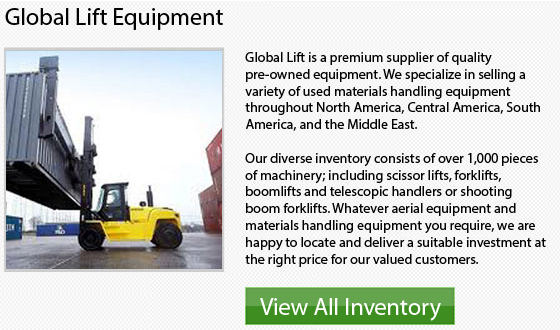
Operating a Standard Counterbalance lift truck
1 Prior to utilizing the machinery, perform a pre-shift check. Occupational Safety and Health Administration guidelines do state that pre-shift checklists have to be performed each day or each shift. Every different machinery along with its attachments has its own checklist listing emergency brakes, lights, steering, brakes, horn, controls and safety features.
2 When starting up the machinery and check the controls, it is vital to make certain that the seatbelt is fastened and the seat has been adjusted for your maximum comfort. Look underneath the equipment after you move it for any signs of leaks. The operation of every kind of forklift is different.
3 The basic operation of a machine is basically compared to a standard motor vehicle. The lift truck has a rear end swing of the lift truck occurs because the truck steers using its rear wheels. Disregarding this fact is a major reasons for injuries and accidents to employees. The almost 90-degree turn from the front wheels must be performed with great care. These top-heavy equipment have a high center of gravity even without a load. When transporting or lifting a load this top-heaviness is exacerbated.
4 When traveling, keep the forks near the ground and utilize care when approaching loads. Make certain that the forks line up with the pallet. Lift the load only as high as is necessary, tilting it back to help stabilize the machinery. Only drive backwards if the load is so bulky that it interferes with the vision of the operator.
5 Check the wheels on trailers/trucks before loading and unloading. Do not travel on inclines, especially when lifting a load. The equipment could tip over on a slope. When driving on a slope is necessary, always drive up the slope and back down. The load should be kept on the uphill side of the truck.
6 The operator must be definitely in control all the time. The main cause of operator injuries is tip-over. The operator must never try to jump out of the truck in case of a tip-over. The safest method is to lean away from the direction of fall while gripping the steering wheel and bracing your feet.